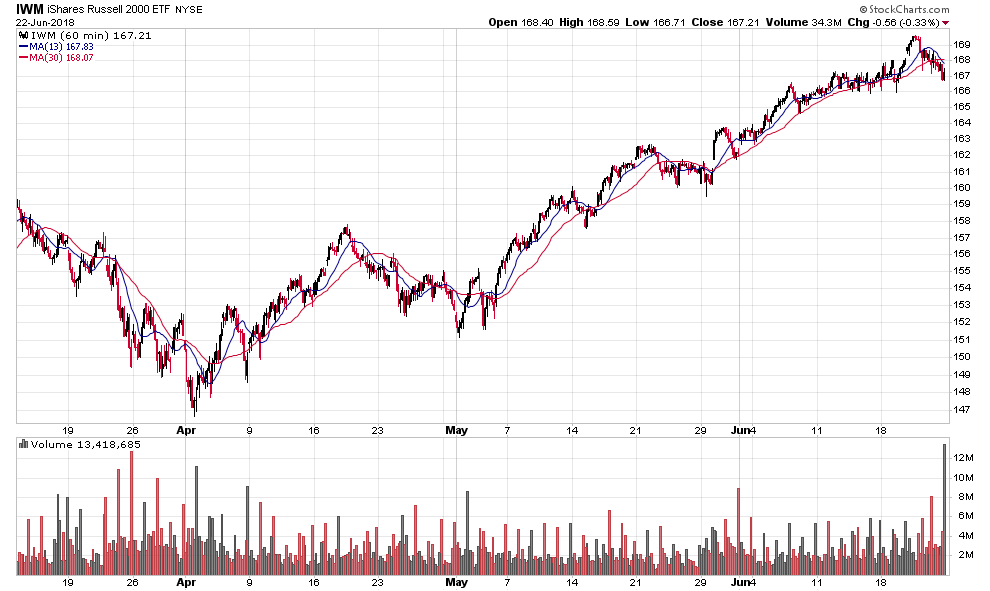

#SMA VS EMA HOW TO#
To learn more about technical indicators and how to use them, watch the other videos in this series and subscribe to our YouTube - What Moving Average Is Better? SMA vs EMA I get asked all the time the question: “What moving average is better the simple moving average or the exponential moving average?” The answer to this is that it depends on the market you are trading and what your backtests show on your specific markets. Try experimenting with both types and see which best fits your personal trading style. Which type you choose often comes down to personal preference. Technically, you can use either SMAs or EMAs for that, but many traders prefer SMAs, which generally make it a more effective indicator, as conventions like this can help shape trends if enough traders follow them.īoth SMAs and EMAs can be useful tools for traders who like to follow trends. You can also use moving averages to identify support and resistance levels. Traders who use SMAs tend to experience fewer whipsaws, though they might be slower when it comes to spotting trends. For trend-following traders, whipsaws can sometimes lead to a series of losing trades. Whipsaws occur when a security starts moving in one direction but then quickly reverses and moves briefly in the opposite direction. One tradeoff, though, is that traders who use EMAs to join trends are more prone to getting whipsawed. So how do you choose when to use an SMA or an EMA? That will depend on your strategy.įor example, if your strategy is to buy a stock when the slope of its moving average starts to turn upward, potentially indicating a rising trend, or sell when the slope turns down, EMA might be a better choice because it favors more recent price moves and it can give you a quicker signal about a potential trend. Unfortunately, because of the weighting, EMA is a more complex calculation, but most trading platforms do it automatically. EMAs attempt to correct for the lag time of an SMA by giving more weight to recent price moves than older ones. That’s where exponential moving averages come in. As a result, a stock’s SMA might not react as quickly to recent events. And because this is a moving average, as each day passes you add a new closing price as an old one drops off.Īs you might have noticed, SMA is a backward-looking indicator insofar as it gives equal weight to a 10-day old closing price as it does yesterday’s closing price. So, if you’re looking at a 10-day moving average, you just add up the stock’s last 10 closing prices and then divide that number by 10.

Which one you use for a given trade will depend on your strategy.Ī simple moving average is just what it sounds like: a straightforward calculation of a stock’s average price-usually, its closing price-over a set number of days. Two common moving averages are simple moving averages (SMAs) and exponential moving averages (EMAs). The basic idea is that looking at how a stock's average price has changed over a specific number of days can show you if it has been trending higher, lower or just moving sideways. Moving averages are technical indicators traders can use to track stock prices over time.

Benefits and Considerations of Mutual Funds.


 0 kommentar(er)
0 kommentar(er)
